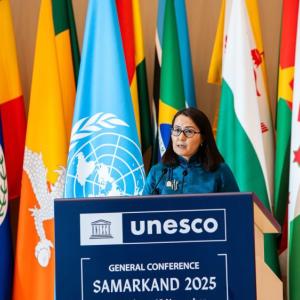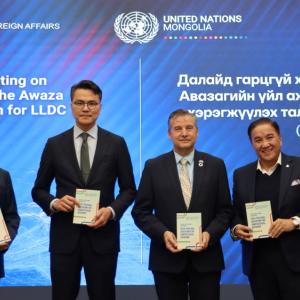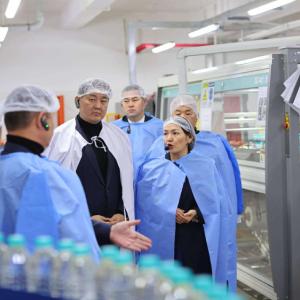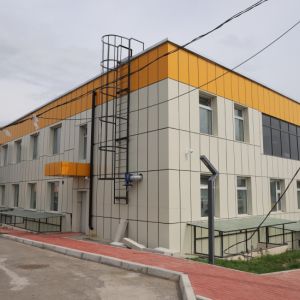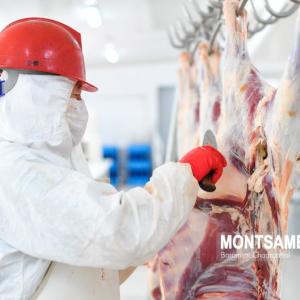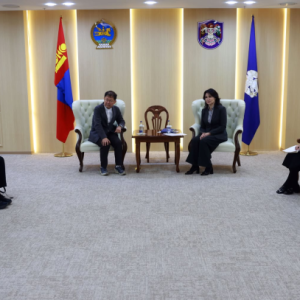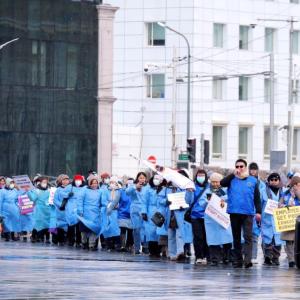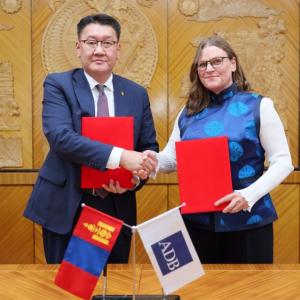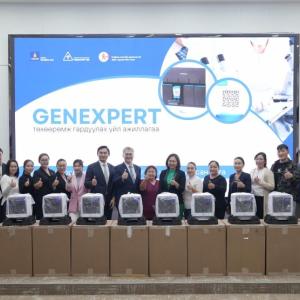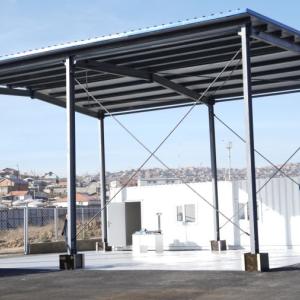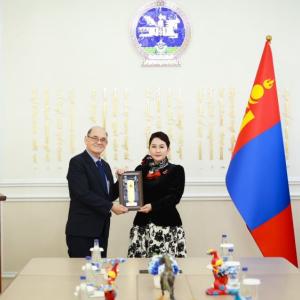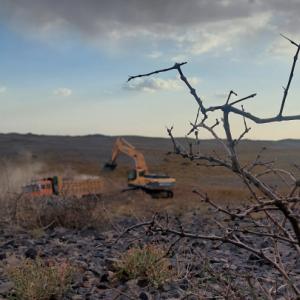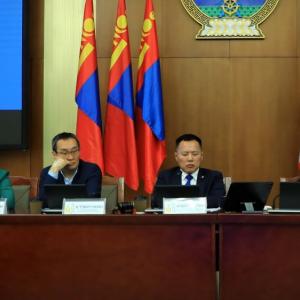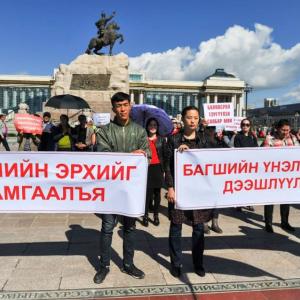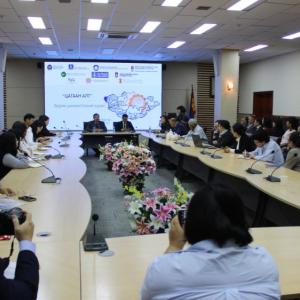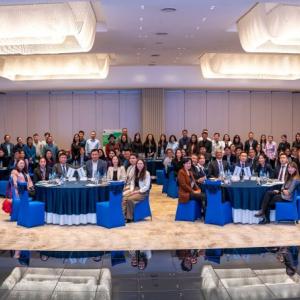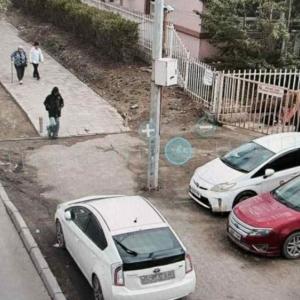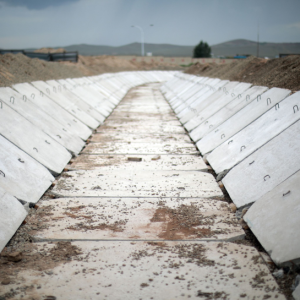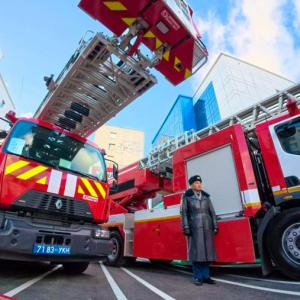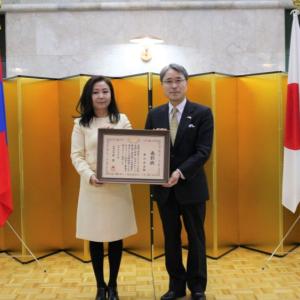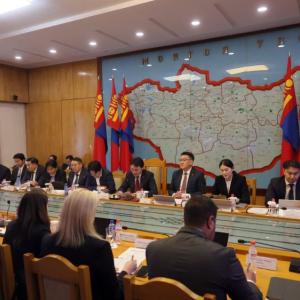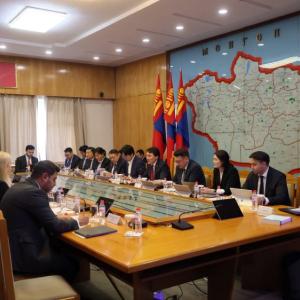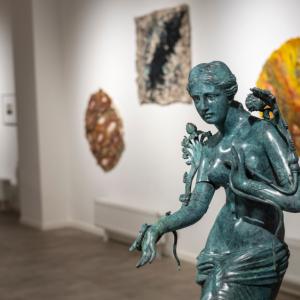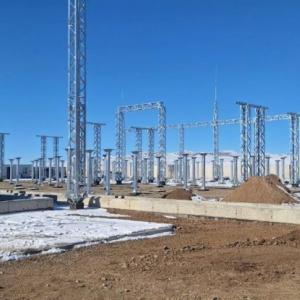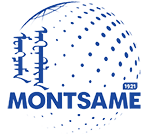21 aimags to return to normalcy
Society
Ulaanbaatar/MONTSAME/. A regular Cabinet meeting was held
today, December 30, and discussed many issues, including the issuance of three
resolutions related to the COVID-19 prevention measures. Following the Cabinet meeting, Deputy Prime
Minister and Head of the State Emergency Commission Ya. Sodbaatar reported
press.
Mr. Sodbaatar said that the SEC submitted to the government its
proposal on extending the period of heightened state of readiness for disaster
protection until March 31 in 21 aimags except for Ulaanbaatar. Mongolia implemented this disaster preparedness regime from February 13 to November 10 this year.
To date, coronavirus infections were registered in nine soums in six aimags, in addition to Ulaanbaatar. As a result of prompt measures to curb the outbreak and prevent re-infection, no new cases of COVID-19 were reported in these aimags and soums during the past 14-43 days. Specifically, no new infections were registered in Bayantsengel soum of Arkhangai aimag for 29 days, Sumber soum of Gobisumber aimag -- 31 days, Darkhan soum of Darkhan-Uul aimag -- 26 days, Airag soum of Dornogobi aimag -- 34 days, Bayan-Ondor soum of Orkhon aimag -- 23 days, Altanbulag soum of Selenge aimag – 38 days, Mandal soum of Selenge aimag – 43 days, as well as Zamyn-Uud soum of Dornogobi aimag for 15 days, respectively. But for Sukhbaatar soum of Selenge aimag, one case of COVID-19 – person who was under quarantine, was reported a week ago. Excluding this case, the soum can be deemed to be free of infection for 15 days. Therefore, according to the recommendation of the WHO and the health organizations, it is considered possible to lower the level of strict quarantine in these aimags and partially transfer them to the heightened state of readiness for disaster protection.
Mr. Sodbaatar noted that within the frame of this decision, those aimags will have the opportunity to return to normalcy, and the local emergency commissions now have to issue their decisions in consideration of the infection control regime and possible risks.
 Ulaanbaatar
Ulaanbaatar








